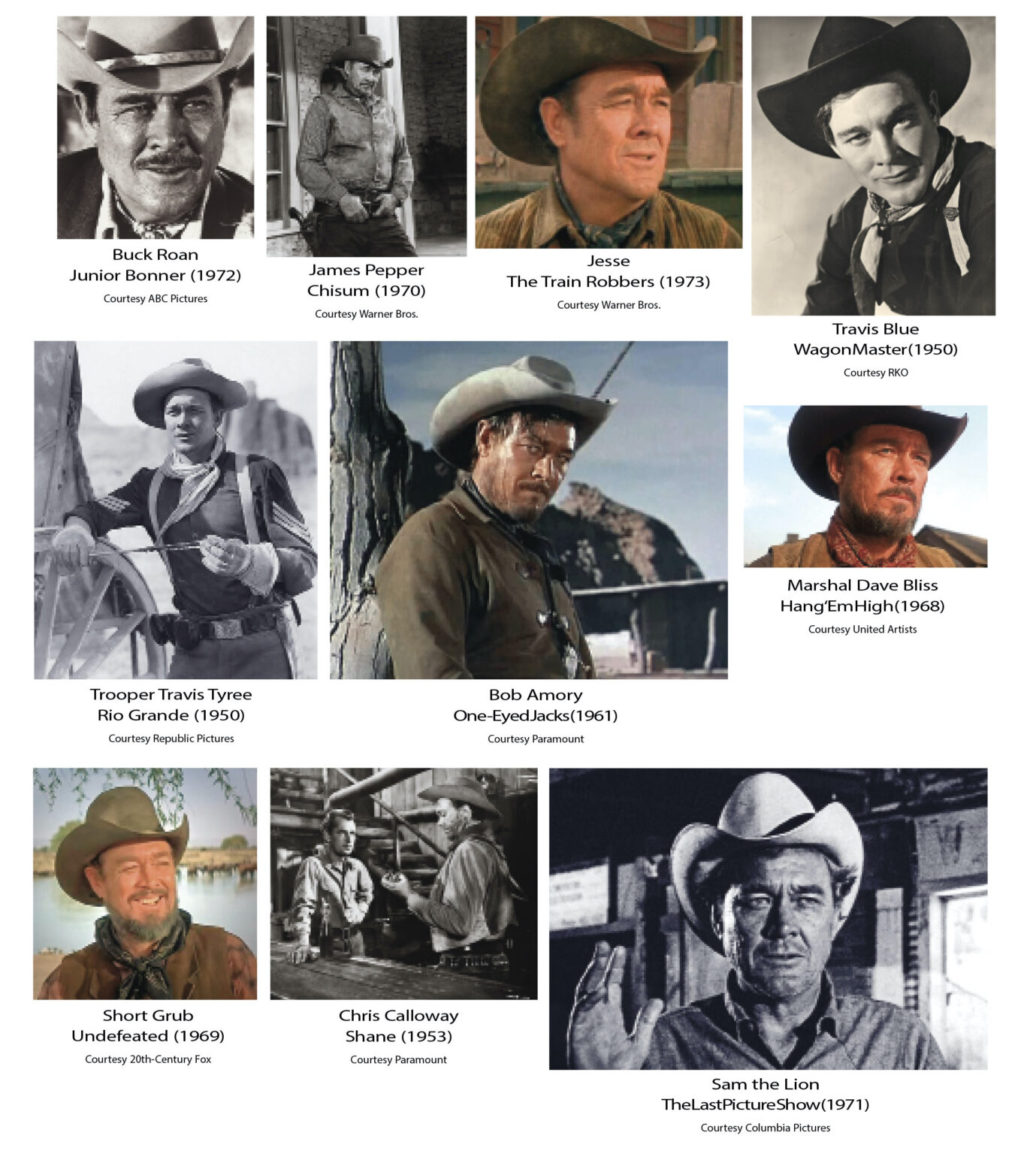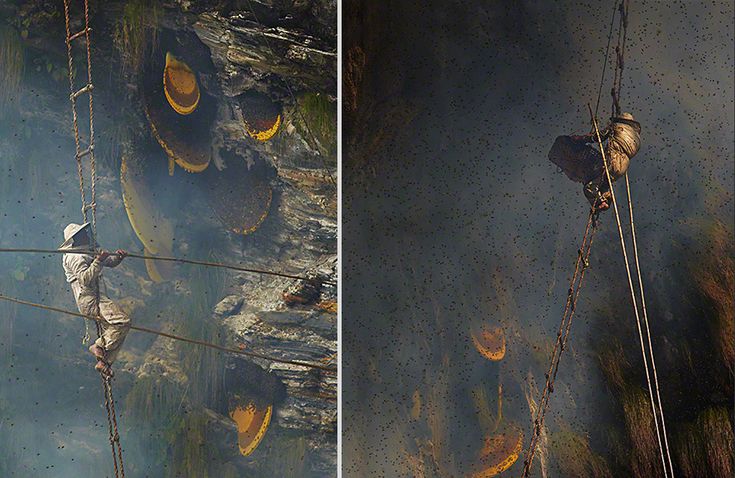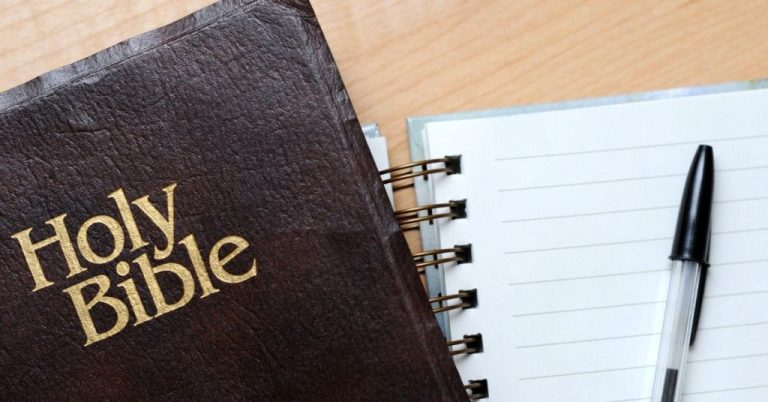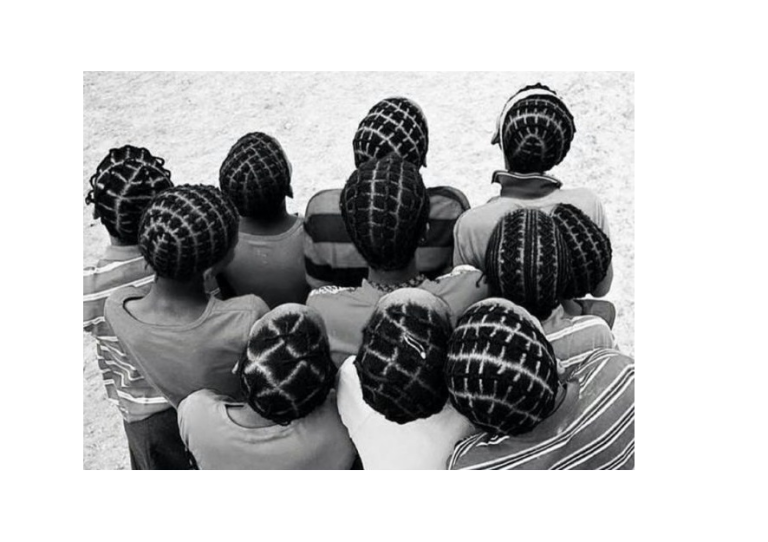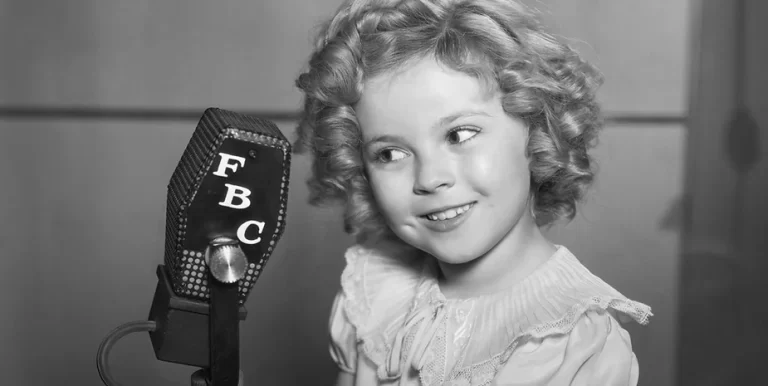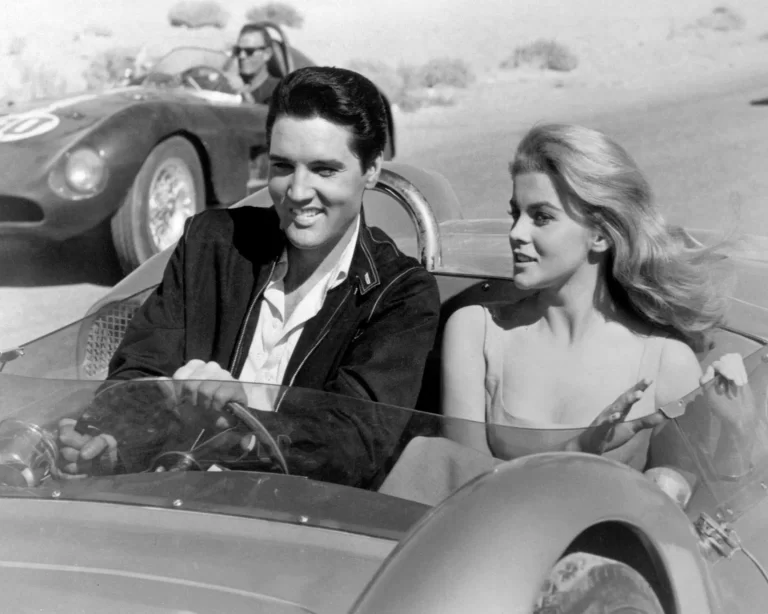Ben Johnson: A True American Cowboy
From his humble beginnings to his last ride in Monument Valley, the Sooner native never strayed far from his Oklahoma roots.
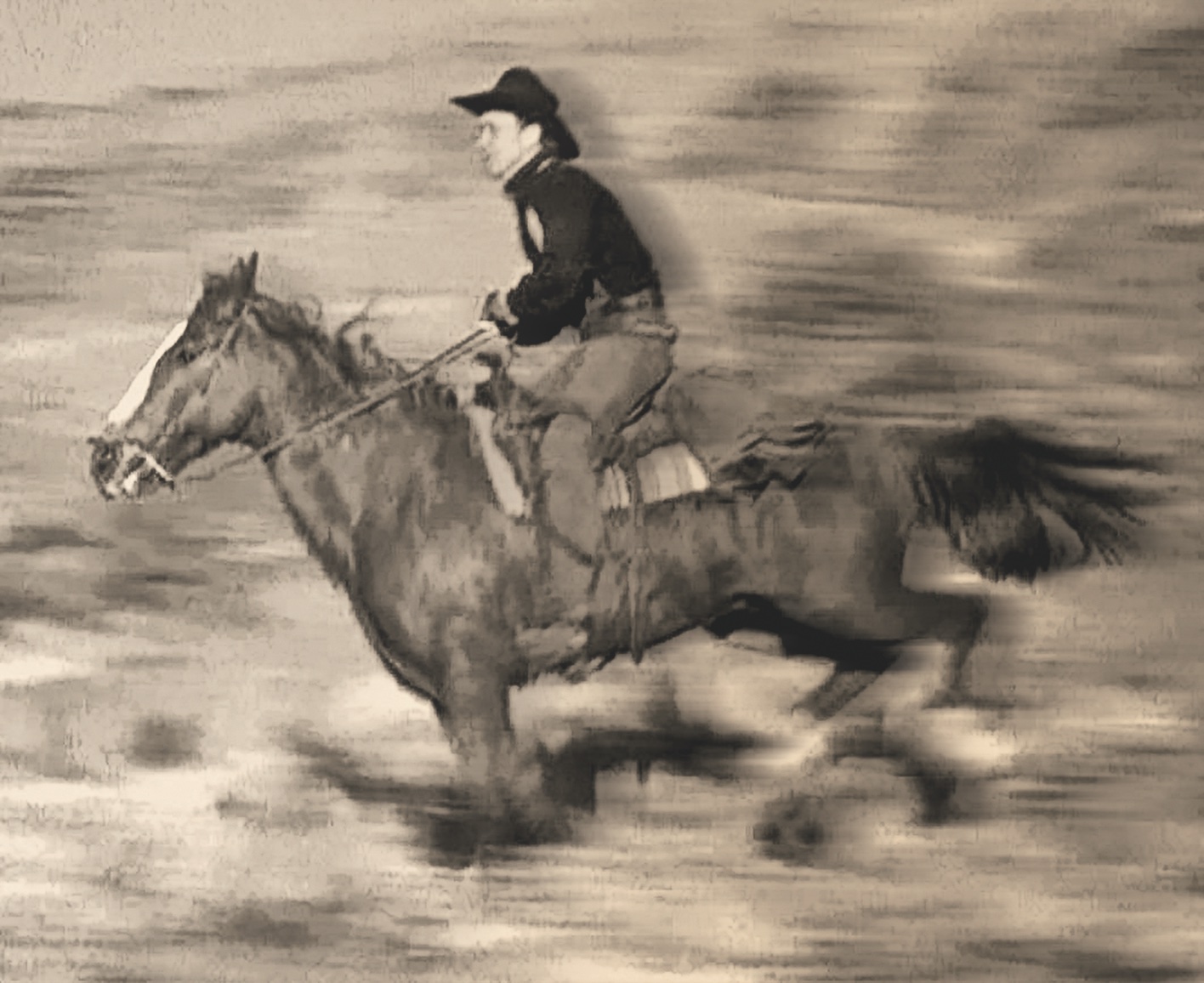
Actor Ben Johnson and I were sitting on an old wooden fence at Hastiin Sani (Old Man) Cly’s place in Monument Valley. While some riders got to know their horses inside the corral, Mr. Cly approached us and shook hands with Ben. They had been friends since the late 1940s when Ben started working with director John Ford.
“Do you guys want to see Tombstone?” he asked, grinning like a mule eating cactus.
We knew that “Tombstone” was located in the valley between Cly’s place and Goulding’s Trading Post. Back in 1946, John Ford had filmed My Darling Clementine in Monument Valley, and crews had built the Western town of Tombstone for the film. We looked toward Goulding’s but only saw open space. Tombstone was nowhere in sight.
Mr. Cly, with a twinkle in his eye, said, “You’re sittin’ on it.”
It turned out that the old corral fence we were perched on had once been part of the movie set. In Monument Valley, lumber is as hard to find as horseflies in December. After filming, Ford must have donated Tombstone to the Navajos, who then took it apart and used the wood for practical purposes, like building corrals.
In that moment, we realized we were sitting on a piece of Hollywood history.
Dream Ride
In the spring of 1996, Bob Early, the editor of Arizona Highways magazine, invited photographer Gary Johnson and me to join the legendary actor Ben Johnson on a sentimental journey. This trip took us to the place where Hollywood director John Ford had “discovered” Ben in the late 1940s while filming Fort Apache, part of his Cavalry Trilogy.
Gary and I first met in the early 1970s when he was a student in my Southwest History class at Coronado High School in Scottsdale. Over the years, we remained friends, attending cowboy poetry gatherings and folk festivals together. I had watched him grow into a talented entertainer and photographer. Now, we found ourselves in Monument Valley, ready for a dream assignment as photographer and writer.

### My First Encounter with Ben Johnson
I first learned about Ben Johnson in 1948 when John Ford’s film *Fort Apache* was released, the first in his Cavalry Trilogy. The following year, *She Wore a Yellow Ribbon* came out, and in 1950, *Rio Grande* was released. All three films were shown at the little Yavapai Theater in my hometown of Ash Fork, Arizona, a small railroad town along Route 66, about 50 miles west of Flagstaff. Growing up around horses, I was captivated by Ben’s horsemanship. He would smoothly glide into the saddle, making it seem like horse and rider were one. Fast forward forty-six years, and here I was, sharing a two-man tent in Monument Valley with the cowboy hero of my youth.
I met Ben at the National Cowboy and Western Heritage Museum in Oklahoma City, which was then known as the National Cowboy Hall of Fame and Museum. He was there with Sam Elliott, Tom Selleck, Jeff Osterhage, Slim Pickens, and Louis L’Amour to receive an award for the made-for-television Western film *The Sacketts*. How did I end up in that room with such legends? I was there to donate a copy of my book *Arizona* to the museum library. Luckily, nobody asked about my latest film, so I lit up a cigar and joined in the conversation.
From Oklahoma to Hollywood
Ben Johnson was born in 1918 in Foraker, Oklahoma, on the Osage Indian Reservation. He had Irish and Osage ancestry. His father, Ben Sr., was a rancher in Osage County and a three-time world champion rodeo cowboy.
In the late 1930s, Ben credits Howard Hughes for bringing him to Hollywood. Hughes had purchased some horses from a ranch where Ben worked and liked how he handled them. He offered Ben a job transporting the horses to northern Arizona for the filming of The Outlaw, starring Jane Russell. Ben’s weekly pay jumped from $40 to $175. “It didn’t take me long to figure out this was a good deal,” he said.
After filming, Ben transported the horses by rail to California, where he found work in the movie industry. During the early 1940s, he worked as a wrangler and stunt double for famous actors like John Wayne, James Stewart, Joel McCrea, and Gary Cooper.
In 1941, Ben married Carol Jones, the daughter of Clarence “Fat” Jones, a well-known supplier of horses and wranglers in North Hollywood for over 50 years. They remained married until her passing in 1994.
Howard Hughes introduced Ben to director John Ford, who appreciated his horse-handling skills. Ford hired Ben to do stunt work and double for Henry Fonda in the 1948 film Fort Apache. In a typical day, Ben would play an Apache warrior in the morning and a cavalry trooper in the afternoon. “The trouble was,” he recalled, “I was half-naked in the morning when it was freezing cold, then burning up in that wool Army uniform in the heat of the afternoon.”
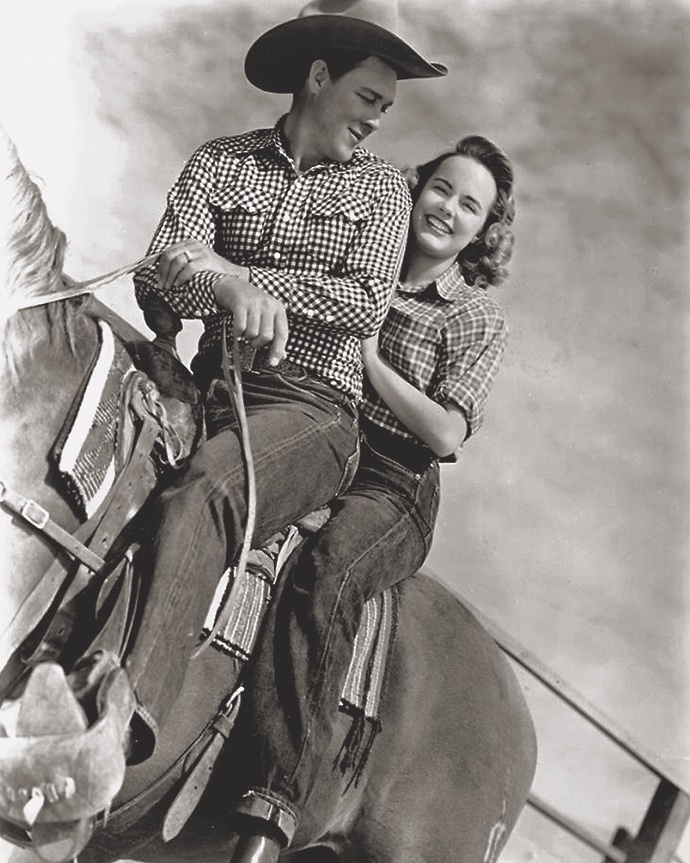
One day, a team of horses pulling a wagon got spooked and started to stampede with three actors on board. Seeing the potential for an accident, Ben quickly rode after them and, “just like in the movies,” grabbed the halter of the lead horse. His quick action likely saved the actors from serious injury or worse. After this incident, director John Ford promised Ben more work.
Ben recalled what happened next: “I thought maybe he would offer me a speaking part in his next film. One day, he invited me into his office, told me to sit down, and then handed me a piece of paper. When I read down to the third line and saw ‘$5,000 a week,’ I stopped reading, grabbed a pen, and signed it.”
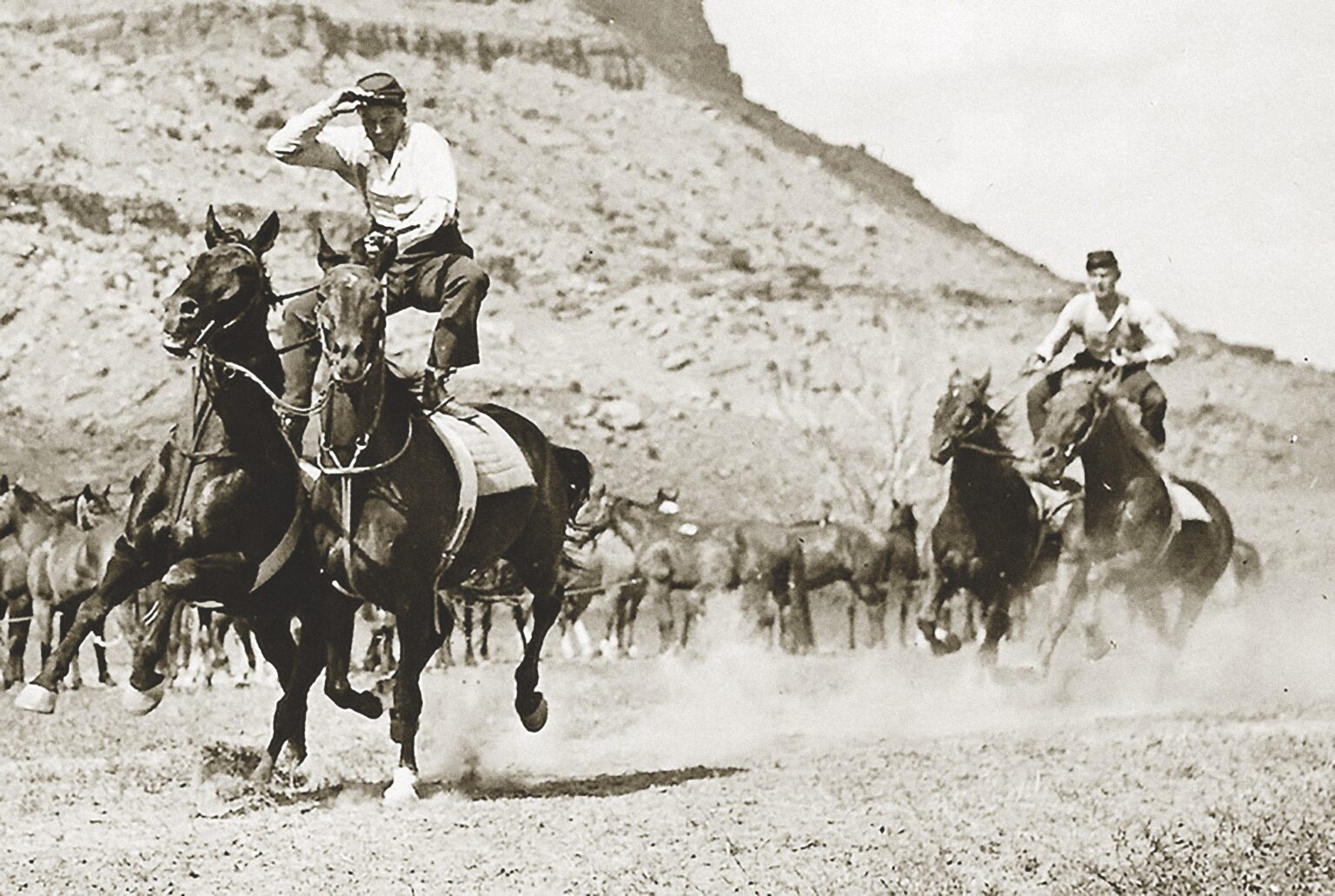
Ben paused for a moment and smiled, saying, “I didn’t even ask what I had to do.”
He showcased his impressive riding skills again in She Wore a Yellow Ribbon in 1949 and Rio Grande in 1950, completing John Ford’s Cavalry Trilogy. In both films, he played either Sergeant or Trooper Tyree.
In 1950, Ben appeared in Three Godfathers alongside Harry Carey Jr. and Pedro Armendariz. The film is known for the amazing riding skills displayed by all three actors.
When someone praised his riding ability, Ben would humbly respond, “I wasn’t a good actor, so I had to be able to do something.”
John Ford recommended Ben for the lead role in the 1949 film Mighty Joe Young, where he starred alongside actress Terry Moore. During filming, they became good friends. After the movie was released, Howard Hughes asked Ben to introduce him to Terry. Ben did so, and they ended up marrying. Although their marriage didn’t last, after Hughes died, many women came forward claiming they had married the famous billionaire. Hughes’s lawyers quickly worked to prove that these women were lying. They tried to challenge Terry, but she fought back, proved her case, and won. Ben called her later that day, jokingly saying, “Terry, you owe me big time.” They shared a good laugh over it.
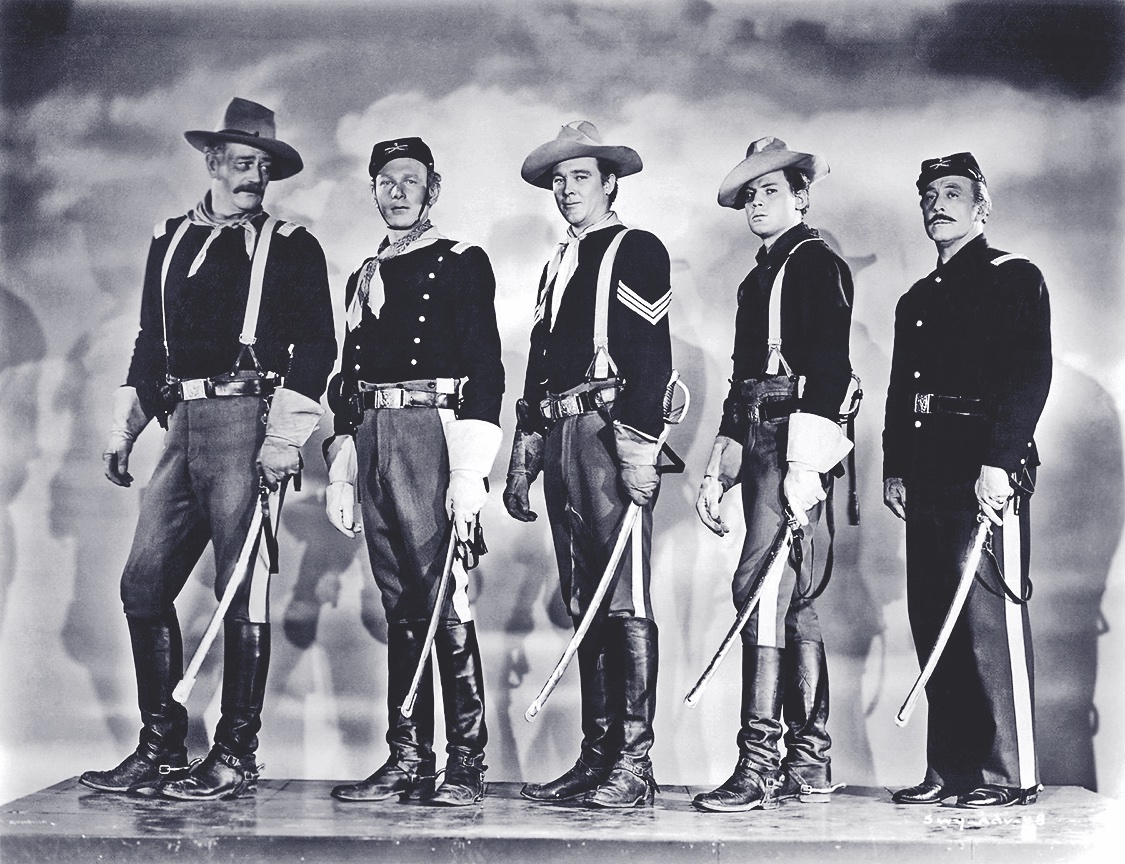
You may also like:
Keanu Reeves: Not Your Typical Celebrity – He Shuns Designer Clothes and Mansions, But He Donates His Money To The Needy.
Above the Line
Ben got his first leading role in a Western alongside Harry Carey Jr. and Joanne Dru in Wagon Master, which was filmed in Monument Valley. Critics hailed it as one of John Ford’s masterpieces. Following this, Ben became one of Hollywood’s most beloved actors, playing various roles from a carefree cowboy and tough bad guy to a grumpy old man.
He starred alongside many famous actors, including John Wayne, William Holden, Clint Eastwood, Steve McQueen, Henry Fonda, James Cagney, Maureen O’Hara, Marlon Brando, Charles Bronson, Alan Ladd, and Burt Reynolds, among others.
Ben was also known as one of the greatest horsemen in the film industry. Interestingly, he won an Academy Award for his role in The Last Picture Show, a film by Peter Bogdanovich that focused on the intertwined lives of people in a small Texas town in the 1950s—where he didn’t ride a horse at all.
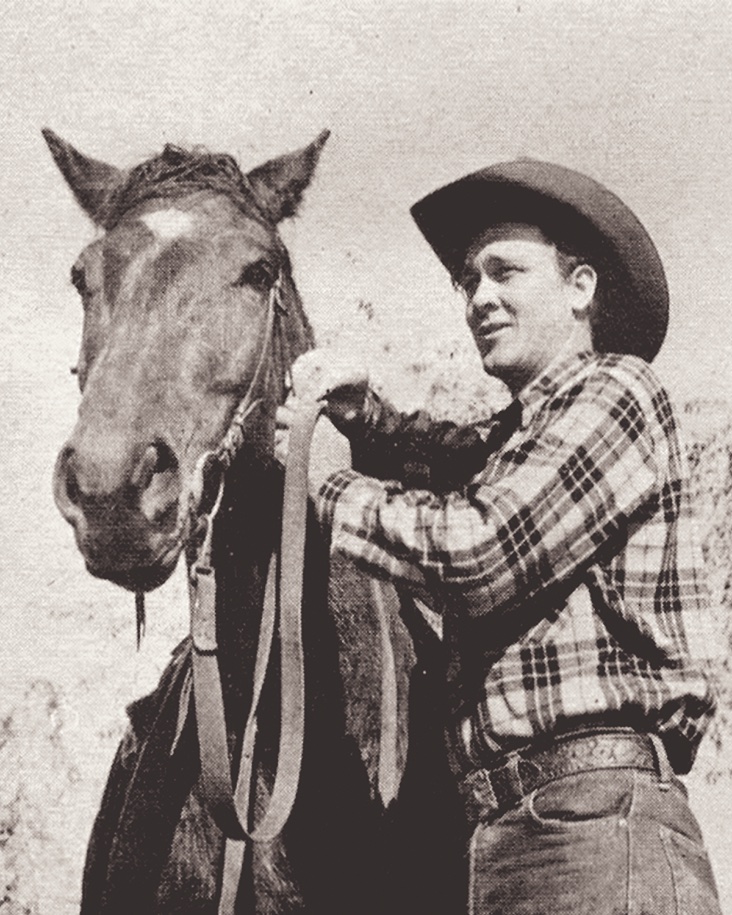
Ben nearly turned down the opportunity to star in The Last Picture Show. When he first read the script, he thought it was terrible, saying, “It was the worst thing I ever read. Every other word was a curse word, so I turned it down.” However, director John Ford asked him to do it as a personal favor, and Ben agreed, but only if he could rewrite his part to avoid any bad language.
Director Peter Bogdanovich later praised Ben, calling him “the real thing.”
One reason for Ben’s success in movies was that he was much like the characters he portrayed in around 300 films. He often joked, “I get paid a lot of money for playing Ben Johnson.”
Before they parted, John Ford gave him some final advice: “Ben, don’t forget to stay real.”
Valley of the Gods
Ben loved visiting different spots in Monument Valley, recalling moments from his film shoots. One memorable experience occurred while filming Wagon Master when he was chased by a group of Navajo warriors. “I rode to a bluff and was supposed to turn and ride along the ridge, but the horse I was on wouldn’t respond to the bit. He jumped off the bluff, and we landed in sand up to his belly. The reins were lying in the sand, so I picked them up, spurred him, and off we went.”
That unexpected leap was later measured at 32 feet and is now considered one of the greatest examples of horsemanship ever captured on film.
This ability to handle surprises made Ben one of John Ford’s favorite actors. He always knew how to make a scene work.
One afternoon, Ben waited on a ridge for Gary and me to join him. He then pointed toward the twin buttes known as the Mittens.
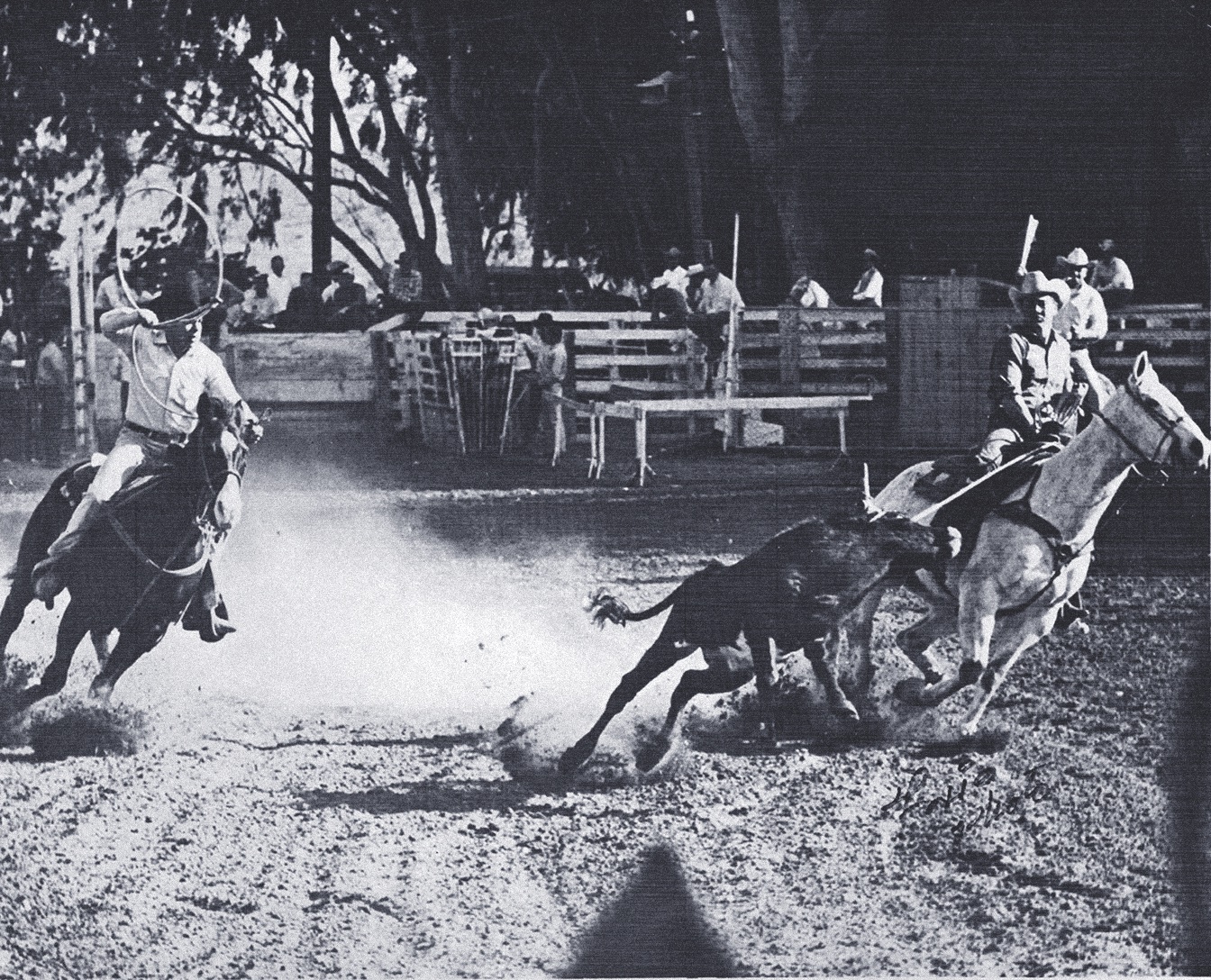
While filming She Wore a Yellow Ribbon, a huge thunderstorm hit. Lightning struck the buttes, and the assistant director told everyone to pack up. However, John Ford was not happy. He said, “I’ll tell you when to cut.” Although we were worried about the lightning, we were even more scared of John Ford, so we continued filming.
Because of that dramatic scene, the film’s cinematographer, Winton C. Hoch, who was a favorite of Ford’s, went on to win an Oscar for cinematography.
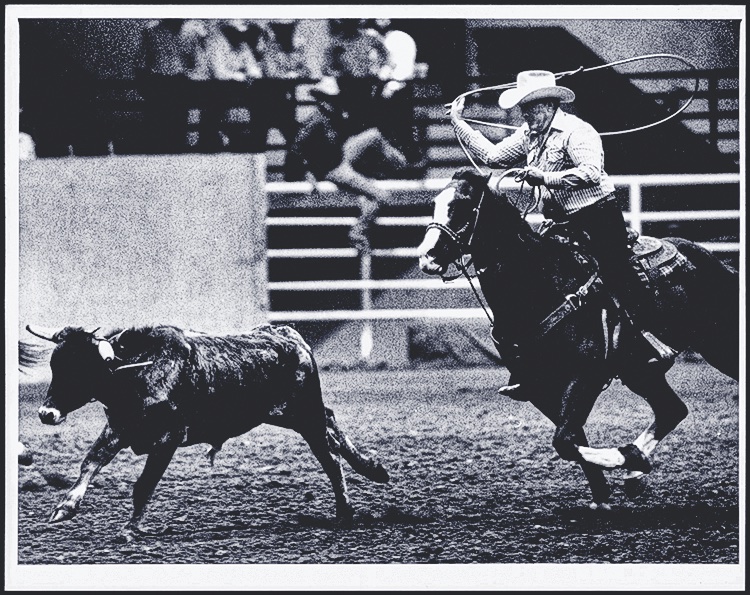
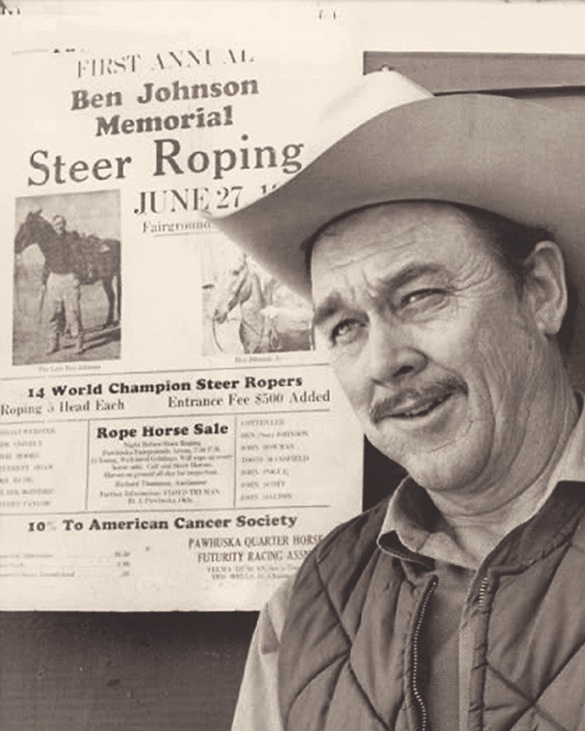
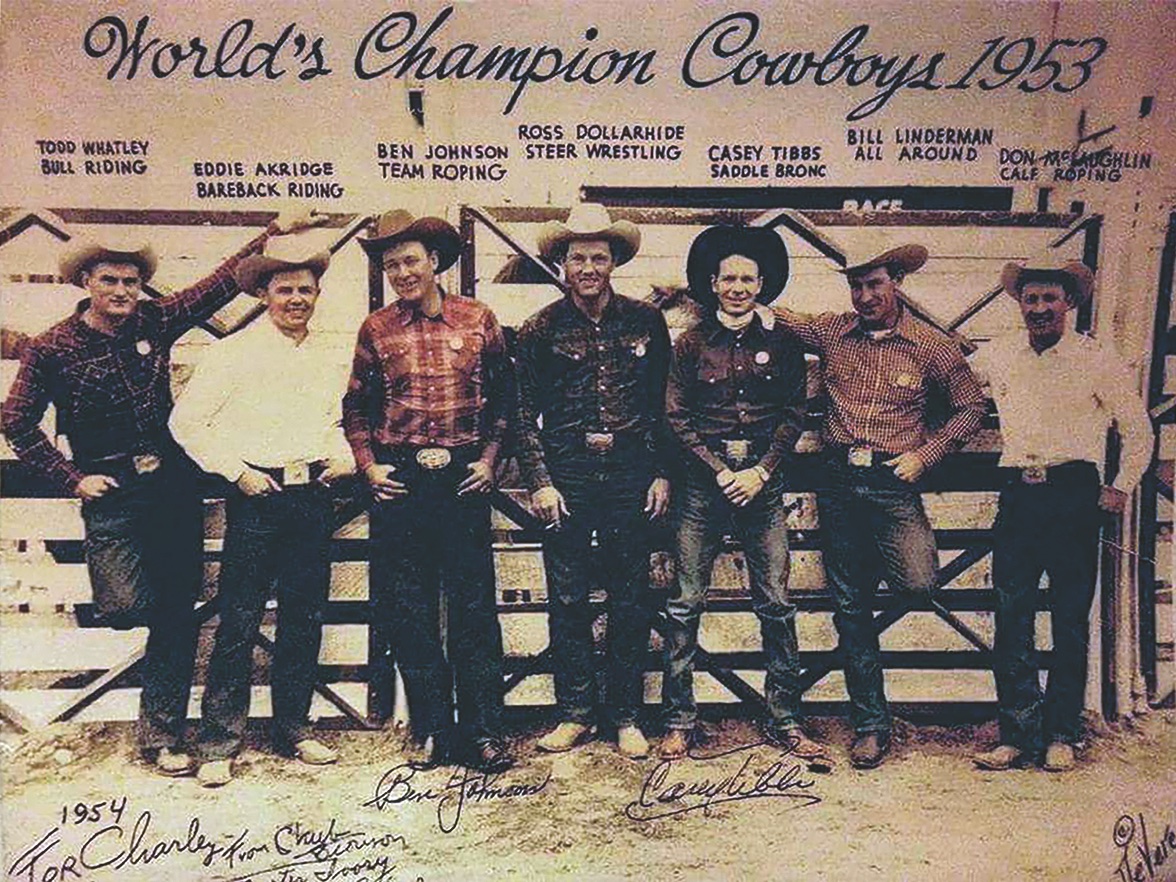
The Real Deal
### Ben Johnson’s Legacy in Film and Rodeo
Over the next 40 years, Ben Johnson starred in or appeared in hundreds of films and television shows, mostly Westerns. In 1953, he took a break from acting to pursue rodeo, where he won the PRCA World Team Roping Championship. He was later inducted into the Pro Rodeo Hall of Fame in 1973.
For many years, Ben sponsored pro-celebrity rodeos to raise money for children’s charities, especially in Arizona.
Remarkably, he is the only movie star to win both a World Championship rodeo buckle and an Academy Award. In 1982, he was inducted into the Western Performers Hall of Fame at the National Cowboy and Western Heritage Museum in Oklahoma City. In 1990, he was honored at the Ben Johnson Celebrity Rodeo at the Los Angeles Equestrian Center, and in 1994, he received a star on the Hollywood Walk of Fame. When he received his star, he humorously remarked, “I don’t know why in the hell you all waited so long to give me the star. You waited till I got so old I couldn’t enjoy it.”
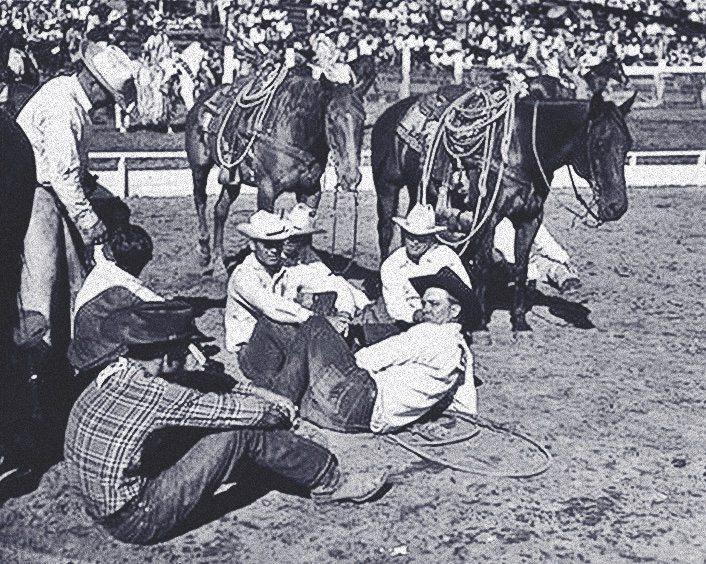
On April 8, 1996, I was driving down the highway when I heard the news on the radio: Ben Johnson had suddenly passed away. It hit me hard, and I pulled over to the side of the road to have a good cry. Just a few weeks earlier, Ben, Harry Carey Jr., and I had been sitting together on a panel at Mary Brown’s Festival of the West in Scottsdale, discussing Western movies. I felt out of my league that day and wisely let them do most of the talking.
Like millions of others, I felt like I had lost an old friend. Ben had that kind of impact on people.
It was fitting that Ben took his last ride in Monument Valley, the place where it all began for him. In my living room, there’s a large photo taken by Gary Johnson of Ben riding alone on Mitchell Mesa, capturing his final ride. People like him are rare, and I feel lucky to have had the chance to ride with him in Monument Valley.
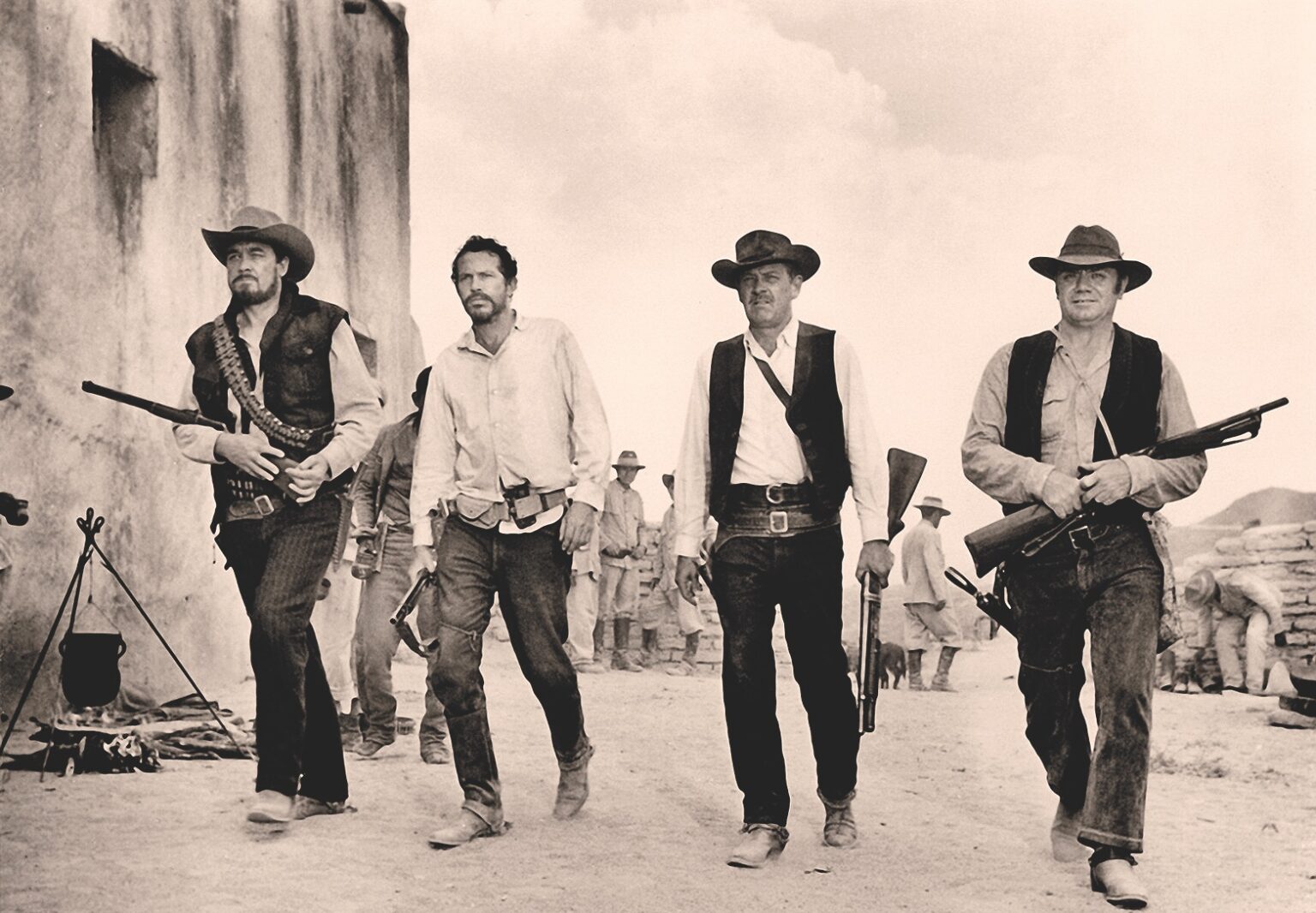
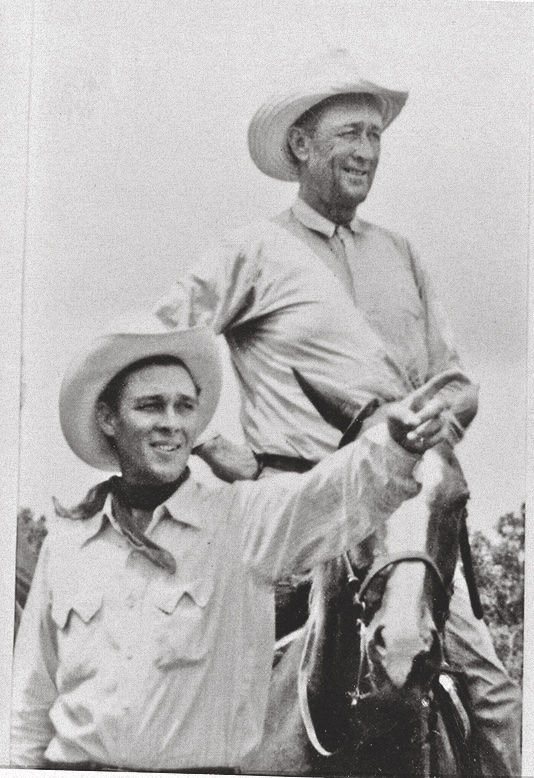

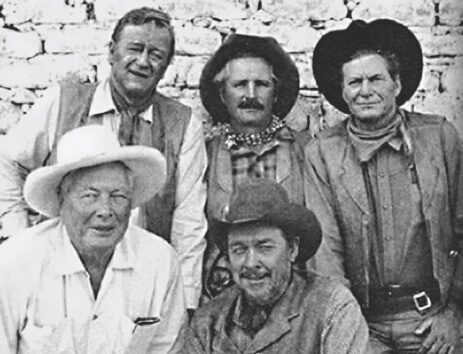
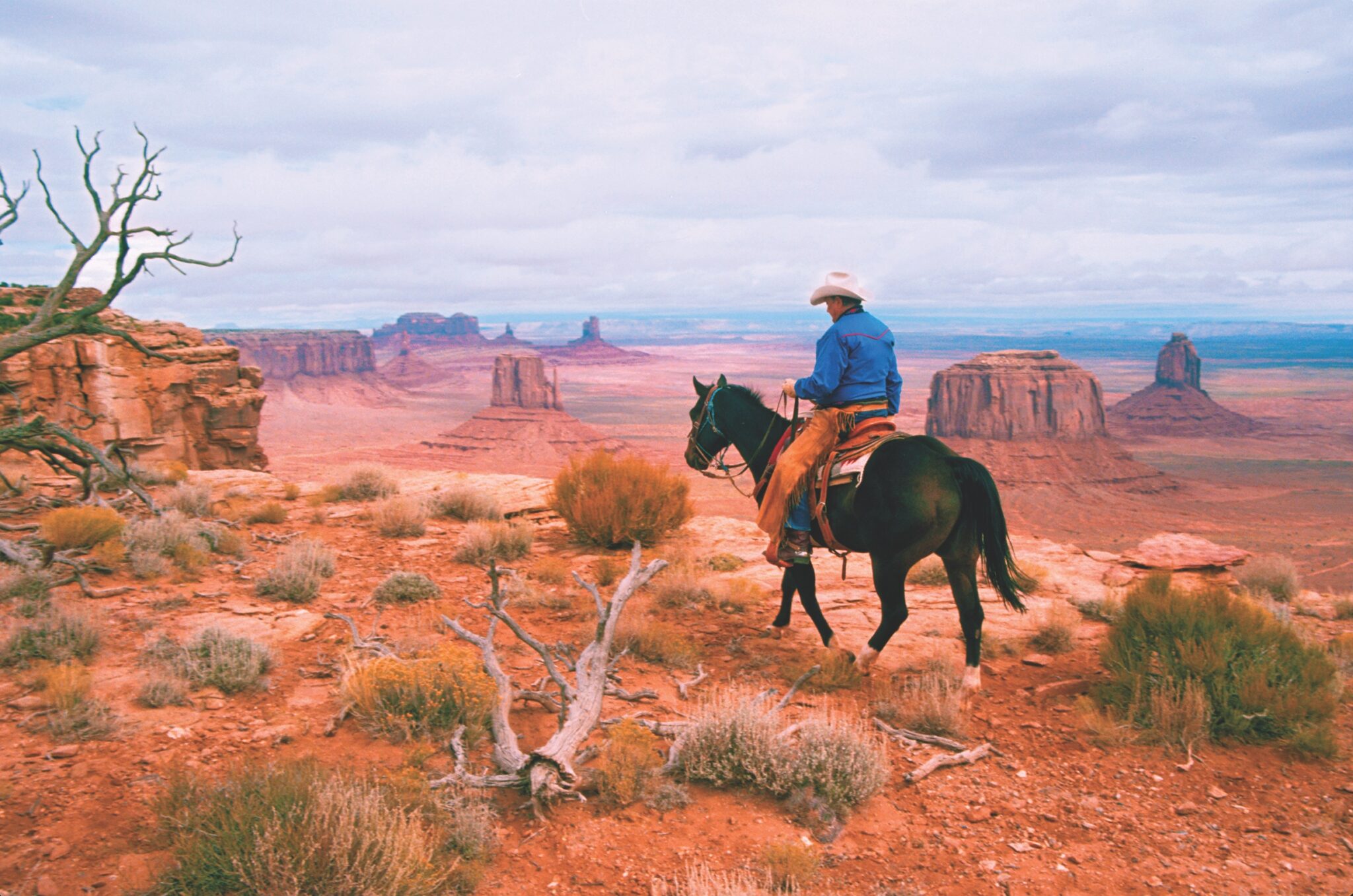
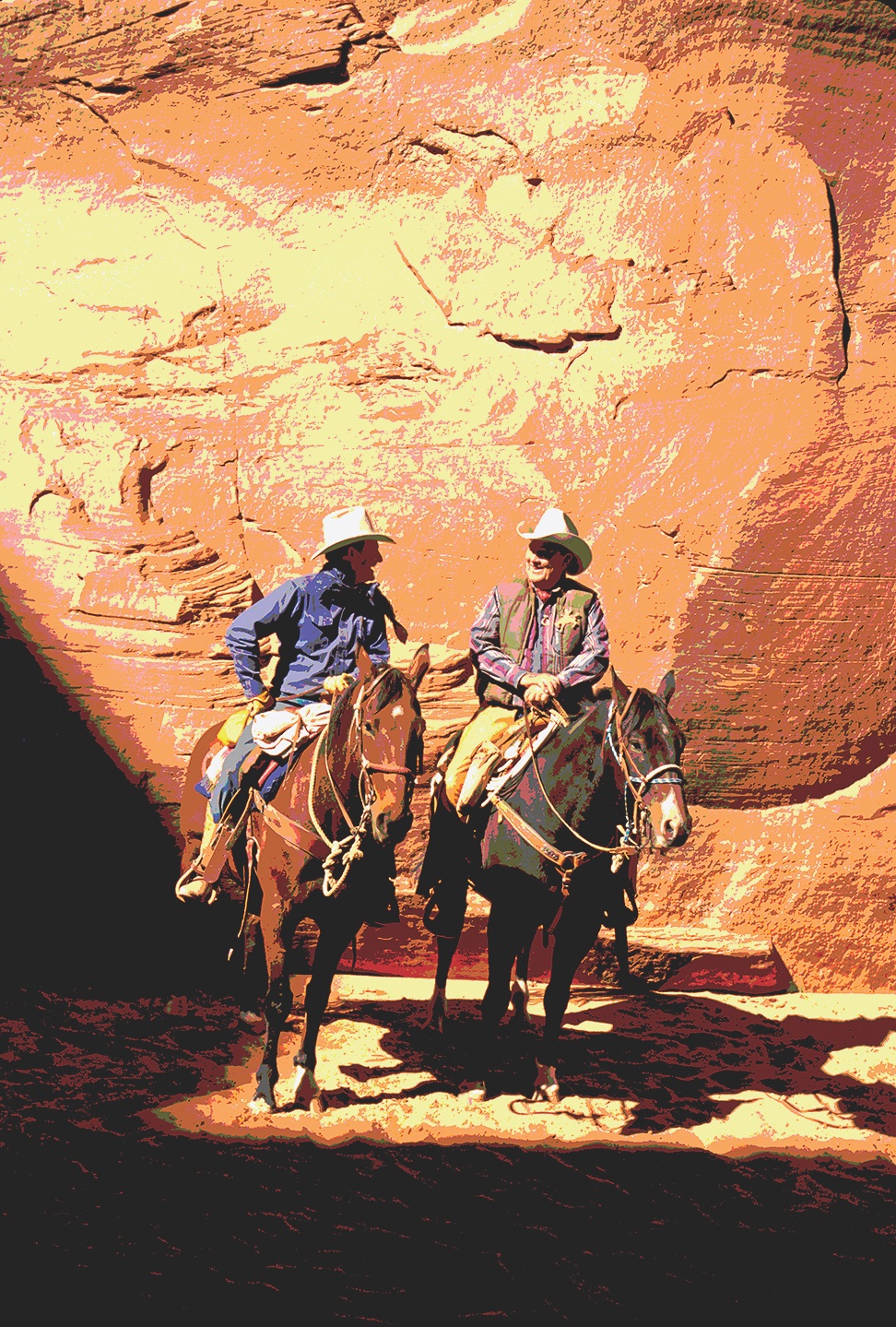
The Best of Ben
For nearly sixty years, Ben Johnson entertained audiences, starting with his first uncredited stunt role in the 1939 Western The Fighting Gringo and ending with his last starring role as Arthur Cotton in The Evening Star, a 1996 adaptation of Larry McMurtry’s novel. Over his career, he appeared in more than 300 movies and television shows, often playing the role of a cowboy, making him a favorite among fans.
